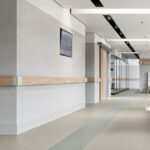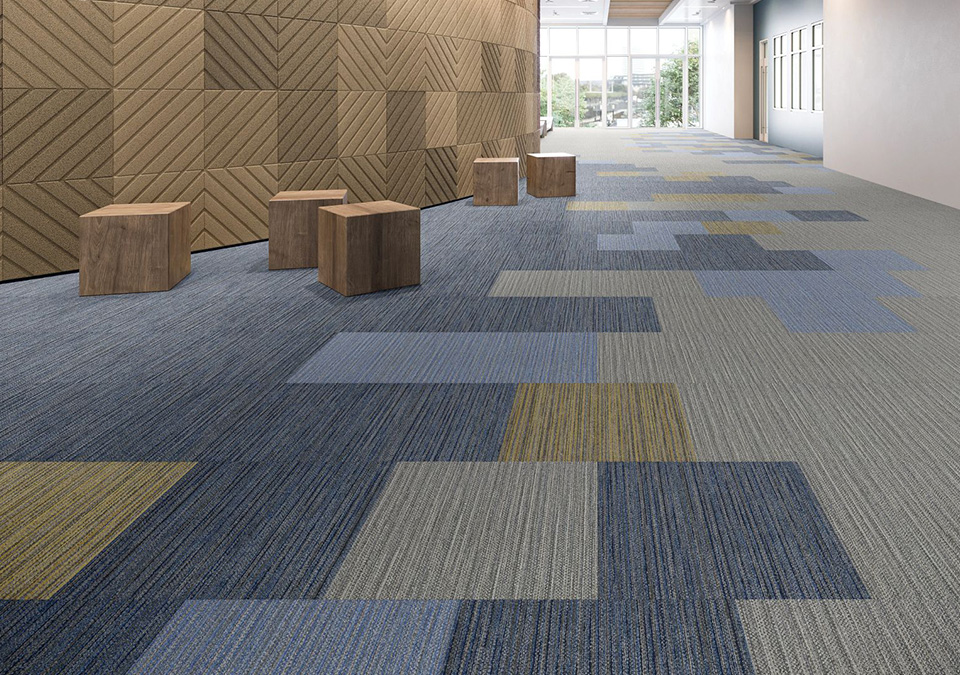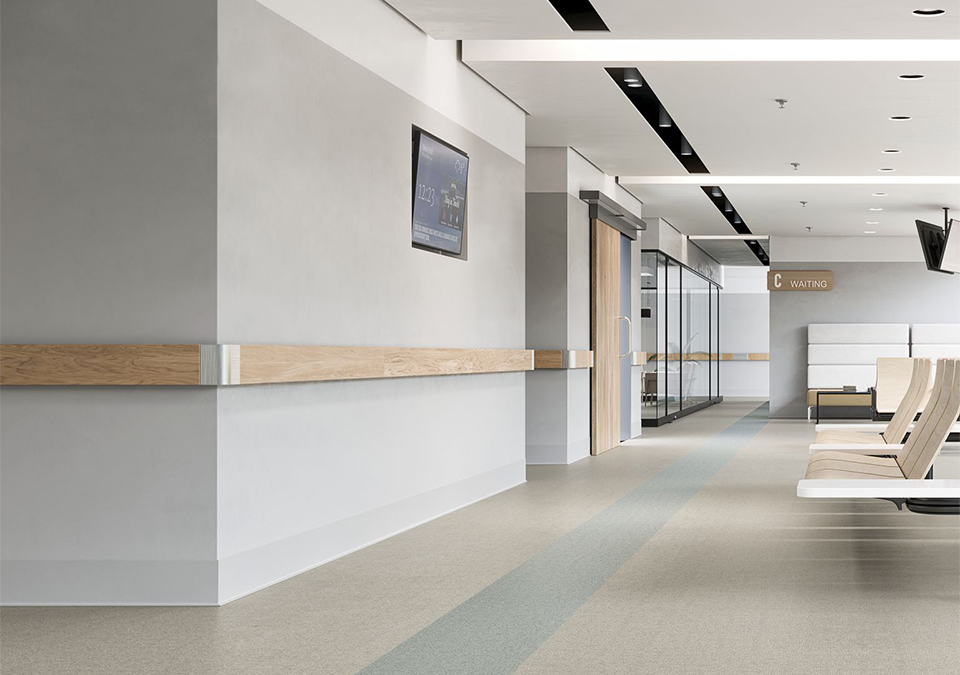
The Future of Flooring: Industry Insights and Innovations with Tonya Montgomery of CFIC
August 28, 2024
Commercial Flooring for Accessibility and Inclusivity in Public Spaces
October 28, 2024When moisture comes into contact with your commercial floor, it can create a host of problems. If these issues aren’t addressed prior to a flooring installation, they can disrupt your business and even pose a danger to your clients and staff. At Commercial Flooring and Interior Concepts (CFIC), one of the areas we specialize in is solving moisture-related flooring issues without causing major disruption to your business and ensuring a lasting solution for our clients.
What Causes Moisture Issues?
Many contributing factors can cause potential moisture issues. Occasionally, these issues arise from too much water being used to clean the floor. However, more often than not, these issues can be attributed to moisture vapor from groundwater coming in contact with the flooring adhesive or product from the concrete below. Environmental factors, such as the absence of a moisture barrier underneath the concrete slab, can allow high humidity levels to be drawn up through the slab from the buildings’ ventilation system.
How Can You Identify a Moisture Issue in Your Commercial Floor?
Some telltale signs of a moisture problem include but are not limited to the following:
• Discoloration or Staining
This often indicates that moisture has seeped through the flooring material. The excessive moisture vapor can push old adhesives up between tiles.
• Buckling or Warping
Excess moisture can cause wood or laminate flooring to buckle or warp.
• Bubbles or Blisters
In vinyl or other resilient flooring, bubbles or blisters may form due to trapped moisture.
• Musty Odors
A persistent, musty smell is often a sign of mold or mildew growth beneath the flooring.
Early detection is key to preventing extensive damage. Therefore, it’s crucial to contact our team at CFIC once you notice any of these signs on your floor.
How Does CFIC Solve Moisture-Related Flooring Issues?
Our first step to solving these issues starts before we lay the floor. Moisture testing is often performed by engineering firms that provide RH tests and report moisture emission levels. The level of emission will tell us what the options are at that point in time. Lower levels can be addressed by using adhesives that are more moisture-friendly. Higher levels, such as 98% relative humidity indicates a severe moisture issue, and epoxy-based moisture remediation products will need to be employed to ensure compliance with the manufacturer’s warranties.
However, as we explored before, some moisture issues may result from environmental factors, which can be difficult to fully prevent. In these cases, our team will determine the cause of the moisture, analyze the options, and determine the best course of action to stop the moisture from getting through.
Our flooring experts are meticulously trained to lay each flooring product seamlessly and correctly, which minimizes the risk of moisture-related issues due to improper installation.
Are you experiencing moisture-related problems with your floor? While the warm weather may be ending, which might keep the moisture issues at bay for a while, it’s important to fix the problem now to ensure you’re not dealing with greater damage come next spring. Contact our team at CFIC for more information on our moisture repair and prevention services!
*Photo courtesy of Mannington Commercial.




